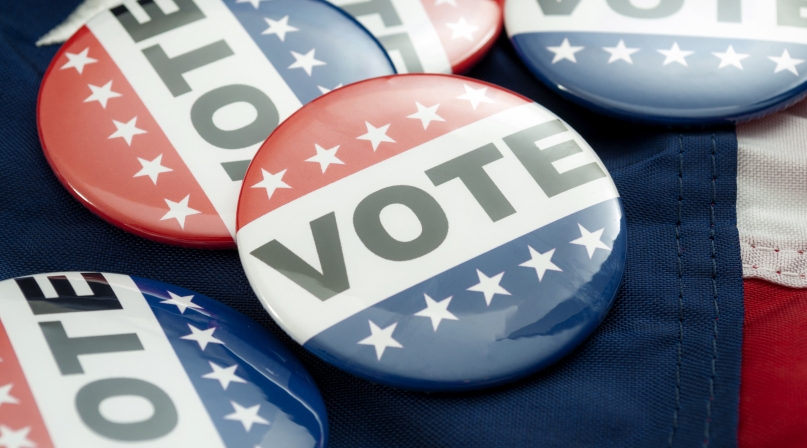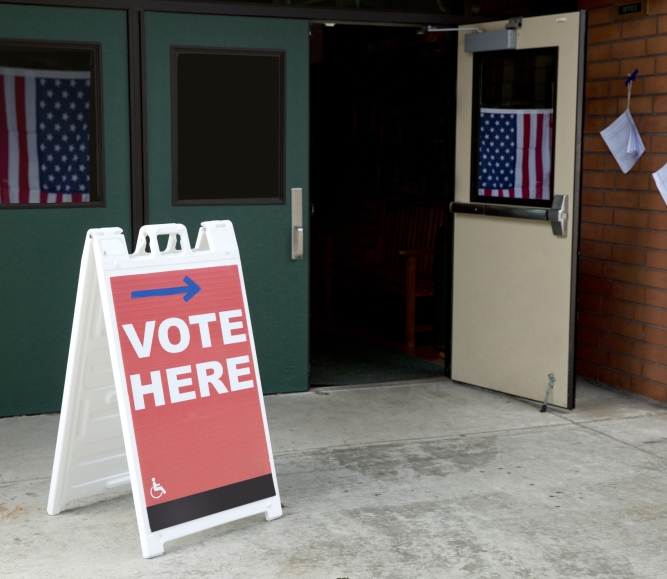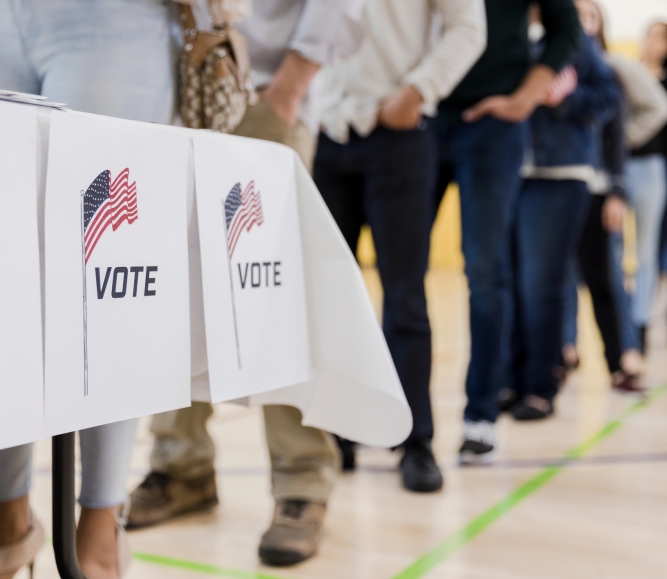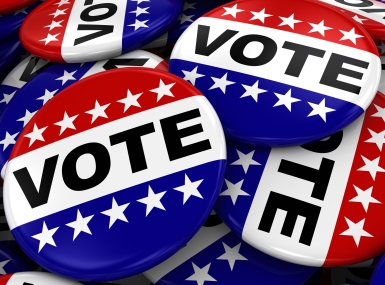NACo publishes analyses on new election reform bills
Author

Paige Mellerio

Maxx Silvan
Upcoming Events
Related News

Key Takeaways
NACo has published legislative analyses on two election-related bills unveiled ahead of the 2022 Midterm elections: the Enhanced Election Security and Protection Act (S. 4574) and the Sustaining Our Democracy Act (S. 4239).
Introduced by a bipartisan group of Senators led by Sens. Joe Manchin (D-W.Va.) and Susan Collins (R-Maine) and in conjunction with the Electoral Count Reform and Presidential Transition Improvement Act (S. 4573), S. 4574 includes several provisions related to threats against election workers and election mail services. This bill would:
- Double penalties for crimes against federally protected activities relating to voting and the conduct of elections, increase maximum penalties for individuals who willfully steal, destroy, conceal, mutilate or alter election records, and make it illegal to tamper with voting systems
- Provide best practices guidance for state and local governments for federal election mail, create optional standardized federal ballot mail parameters and features for states, and set requirements for ballot search and certification, federal election mail processing and requires postmark on all federal ballots
- Reauthorize the Election Assistance Commission (EAC) for five years and require EAC to conduct cybersecurity testing and certification for voting systems
The Sustaining Our Democracy Act (S. 4239), introduced by U.S. Senate Rules Committee Chair Amy Klobuchar (D-Minn.) and Sen. Elizabeth Warren (D-Mass.), would allocate funds directly to county governments to support election administration. In doing so, this bill would:
- Establish a Democracy Advancement and Innovation Program that would allocate federal funds to each state to carry out “democracy promotion activities”
- Require a state to submit plans on how it intends to spend these funds and outline how funds will be allocated to political subdivisions, including counties, to carry out these activities
- Allow counties can submit their own plans and be allocated a portion of these funds in cases where states do not submit these plans
- Direct the EAC to distribute funds directly to local election administrators for activities that approved state plans intend to be administered by local government
In the United States, the nation’s 3,069 counties traditionally administer and fund elections at the local level, including overseeing polling places and coordinating poll workers for federal, state and local elections. County election officials work diligently with federal, state and other local election officials to ensure the safety and security of our voting systems. County election officials strive to administer elections in a way that is accurate, safe, secure and accessible for all voters. Counties will continue to work with our federal partners as they work to craft meaningful election reform.
Resource
Legislative Analysis for Counties: Sustaining Our Democracy Act

Resource
Legislative Analysis For Counties: Enhanced Election Security & Protection Act

Related News

2024 Clearinghouse Awards: U.S. Election Assistance Commission recognizes county excellence in election administration
The U.S. Election Assistance Commission (EAC) announced the winners of its 2024 Clearinghouse awards, recognizing 32 counties for their election administration practices during the 2024 election cycle.

County Countdown – April 7, 2025
Every other week, NACo's County Countdown reviews top federal policy advocacy items with an eye towards counties and the intergovernmental partnership. This week features a budget reconciliation update, HHS restructuring and more.
